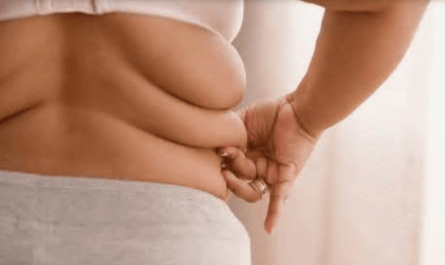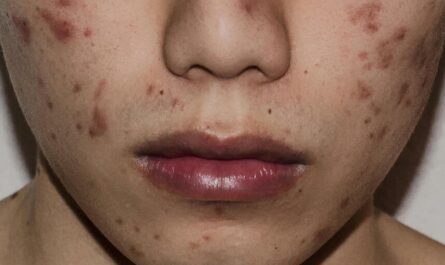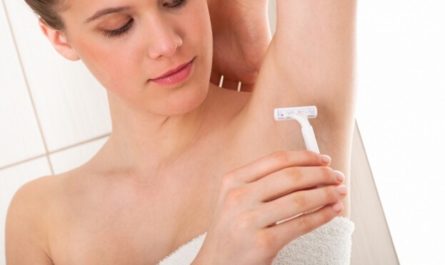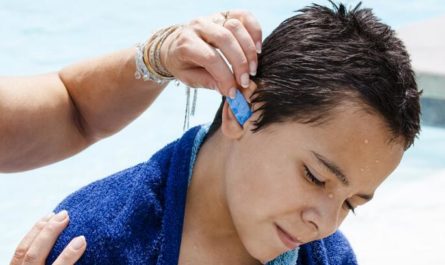Frequent urination can be a frustrating and disruptive problem, affecting your daily life and even your sleep. If you find yourself constantly needing to use the bathroom, even when there’s no pain or discomfort, you’re not alone. Many people experience this issue at some point in their lives. In this article, we’ll delve into 12 common causes of a constant urge to urinate no pain and their treatments.
Symptoms of Constant Urge to Urinate with No Pain
Constant urge to urinate without pain can be a frustrating and uncomfortable experience. Here are some common symptoms associated with this condition:
- Frequent urination: Feeling the need to urinate more often than usual, even if only small amounts of urine are passed.
- Urgency: A strong and persistent urge to urinate, often with the feeling that you need to go immediately.
- Nocturia: Waking up multiple times during the night to urinate, disrupts sleep patterns.
- Incomplete emptying: Feeling like the bladder is not completely empty after urinating.
- Urge incontinence: Accidental leakage of urine due to the inability to control the strong urge to urinate.
- Increased fluid intake: Feeling the need to drink more fluids than usual, which may be an attempt to satisfy the constant feeling of thirst and urge to urinate.
- Anxiety and stress: Constantly feeling anxious or stressed due to the persistent urge to urinate, which can have a significant impact on daily life and activities.
- Interference with daily activities: The constant urge to urinate can disrupt daily routines, work, and social engagements.
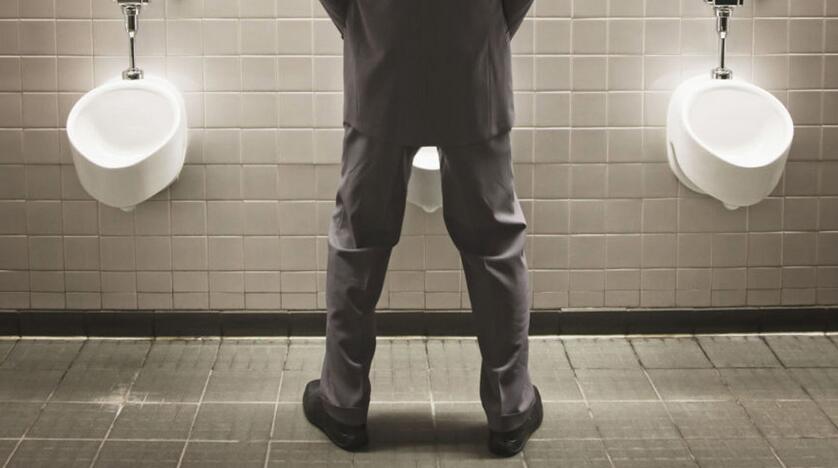
12 Causes of a Constant Urge to Urinate with No Pain
1. Drinking Too Much
One of the most straightforward reasons for the constant urge to urinate no pain is simply drinking too many fluids. This particularly includes water, tea, or juice. While it’s essential to stay hydrated for overall health, consuming excessive amounts of liquid can lead to an overactive bladder.
Treatment: To manage this issue, try to moderate your fluid intake and avoid drinking large quantities at once. Instead, aim to spread out your water consumption evenly throughout the day.
Be mindful of your body’s needs and adjust your intake accordingly, especially during hot weather or intense physical activity.
2. Diuretics
Certain substances like caffeine, alcohol, and artificial sweeteners act as diuretics. They can stimulate your body to produce more urine. If you regularly consume these items, you may find yourself needing to pee more often.
Treatment: To alleviate frequent urination caused by diuretics, try cutting back on or eliminating these substances from your diet.
If you can’t give them up completely, aim to limit your intake to earlier in the day so that their effects don’t interfere with your sleep.
3. Urinary Tract Infection (UTI)
A urinary tract infection (UTI) occurs when bacteria enter and multiply in the urinary system, causing inflammation and irritation. UTIs can lead to a constant urge to urinate, even when there’s little urine to pass.
Other symptoms may include a burning sensation during urination, cloudy or strong-smelling urine, and pelvic pain.
Treatment: If you suspect you have a UTI, it’s crucial to seek prompt medical attention. UTIs require treatment with antibiotics to clear the infection and prevent it from spreading to the kidneys.
In the meantime, over-the-counter pain relievers, heating pads, and staying well-hydrated can help manage discomfort.
4. Overactive Bladder (OAB)
Overactive bladder (OAB) is a condition characterized by sudden, intense urges to urinate that may be difficult to control. People with OAB may feel the need to pee frequently, even when their bladder isn’t full.
Treatment: Treatment for OAB often involves a combination of lifestyle changes, pelvic floor exercises, bladder training, and medications.
Pelvic floor exercises, also known as Kegels, can help strengthen the muscles that support the bladder and improve urinary control.
Bladder training involves gradually increasing the intervals between bathroom trips to help retrain the bladder. Medications such as anticholinergics or beta-3 agonists can help relax the bladder muscles and reduce the urge to urinate.
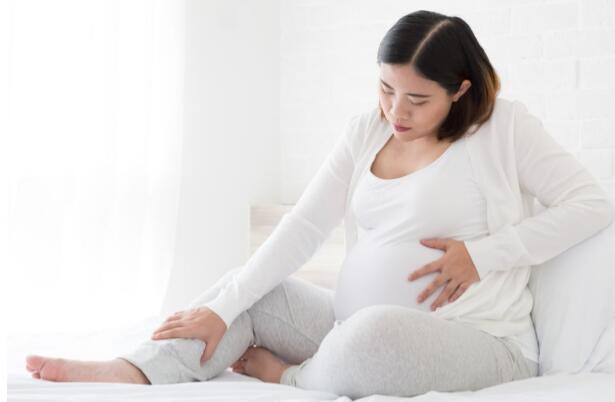
5. Pregnancy
During pregnancy, the growing uterus puts pressure on the bladder, leading to a more constant urge to urinate with no pain. This is common, especially in the first and third trimesters. Hormonal changes during pregnancy can also contribute to an increased urge to pee.
Treatment: While frequent urination is a normal part of pregnancy, some strategies can help manage the discomfort and inconvenience.
Practicing pelvic floor exercises (Kegels) can help strengthen the muscles that support the bladder and improve urinary control. It’s also important to stay well-hydrated and avoid cutting back on fluid intake. This can lead to dehydration and other complications.
6. Prostate Issues
In men, an enlarged prostate gland can be a common cause of frequent urination, particularly as they age. The prostate is a small gland located below the bladder that surrounds the urethra.
When the prostate becomes enlarged, it can press against the urethra and cause a variety of urinary symptoms. This usually includes a frequent urge to pee, difficulty starting or stopping the flow of urine, and a weak or interrupted urine stream.
Treatment: Treatment options for BPH depend on the severity of symptoms and may include medications, minimally invasive therapies, or surgical procedures.
Alpha-blockers are a type of medication that can help relax the muscles in the prostate and bladder neck. This makes it easier to urinate. 5-alpha reductase inhibitors are another class of drugs that can help shrink the prostate gland over time.
In some cases, minimally invasive therapies such as transurethral microwave thermotherapy (TUMT) or transurethral needle ablation (TUNA) may be recommended to reduce prostate size.
For more severe cases, surgical procedures like transurethral resection of the prostate (TURP) may be necessary.
7. Bladder Stones
Bladder stones are hard masses of minerals that can form in the bladder and cause irritation. This will lead to the constant urge to urinate with no pain. These stones can develop when urine becomes concentrated and minerals crystallize and clump together.
Treatment: Treatment for bladder stones depends on their size and location. Small stones may be able to pass on their own with the help of increased fluid intake and pain management.
However, larger stones may require removal through a procedure called cystoscopy. This involves inserting a small camera and tools into the bladder to break up and remove the stones.
In some cases, open surgery may be necessary for very large or complex stones. To prevent future stone formation, your doctor may recommend increasing your fluid intake and making dietary changes to reduce the amount of stone-forming minerals in your urine.
8. Neurological Disorders
Certain neurological conditions can disrupt the normal functioning of the bladder and lead to frequent urination. Multiple sclerosis, Parkinson’s disease, and stroke are examples of disorders that can damage the nerves. This can lead to a condition called neurogenic bladder.
Treatment: Treatment for neurogenic bladder depends on the underlying neurological condition and the severity of symptoms.
In some cases, medications such as anticholinergics or alpha-blockers may be prescribed to help relax the bladder muscles and improve urinary control.
Catheterization, which involves inserting a thin tube into the bladder to drain urine, may be necessary for people who have difficulty emptying their bladder. Nerve stimulation techniques, such as sacral neuromodulation may also be used to help regulate bladder function.
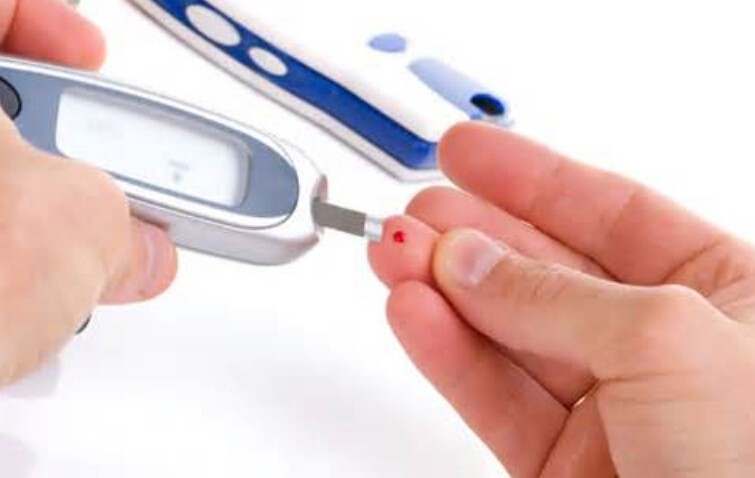
9. Diabetes
Frequent urination is a common symptom of both type 1 and type 2 diabetes, as high blood sugar levels can cause the body to produce more urine. When blood sugar is elevated, the kidneys work harder to filter out the excess glucose. This can lead to increased urine production and more frequent bathroom trips.
Treatment: Managing diabetes through a combination of medication, insulin therapy, diet, and exercise is key to regulating blood sugar levels and reducing frequent urination.
If you have diabetes, it’s important to work closely with your healthcare team to develop an individualized treatment plan.
This may involve taking oral medications or insulin injections to help control blood sugar. In addition, making lifestyle changes such as eating a balanced diet, getting regular physical activity, and maintaining a healthy weight can also help.
10. Interstitial Cystitis
Interstitial cystitis, also known as painful bladder syndrome, is a chronic condition that causes bladder pressure and pain, often accompanied by frequent urination. The exact cause of interstitial cystitis is not well understood, but it is thought to involve inflammation or irritation of the bladder wall.
Treatment: Treatment for interstitial cystitis often involves a multifaceted approach, including lifestyle modifications, medications, and other therapies.
Dietary changes, such as avoiding trigger foods and drinks (like caffeine, alcohol, and spicy or acidic foods), can help reduce bladder irritation. Pelvic floor physical therapy, which includes techniques like Kegel exercises and biofeedback. This can help strengthen the muscles that support the bladder and improve urinary control.
Medications such as pentosan polysulfate sodium (Elmiron) or antihistamines may be prescribed to help reduce inflammation and relieve symptoms. In some cases, bladder instillations may be recommended to help soothe and protect the bladder lining.
11. Pelvic Floor Disorders
The pelvic floor is a group of muscles and tissues that support the bladder, bowel, and uterus (in women). When these muscles become weakened or damaged, it can lead to constant urge to urinate and no pain. Pelvic floor disorders are more common in women, especially after childbirth or menopause, but can also affect men.
Treatment: Treatment for pelvic floor disorders often involves pelvic floor physical therapy. It is designed to strengthen and retrain the muscles that support the bladder and other pelvic organs.
This may include Kegel exercises, biofeedback, and other techniques to improve muscle control and coordination. In some cases, vaginal pessaries or other devices may be used to provide additional support to the pelvic organs.
Lifestyle changes, such as maintaining a healthy weight, and avoiding constipation, can also help reduce the risk of pelvic floor disorders.
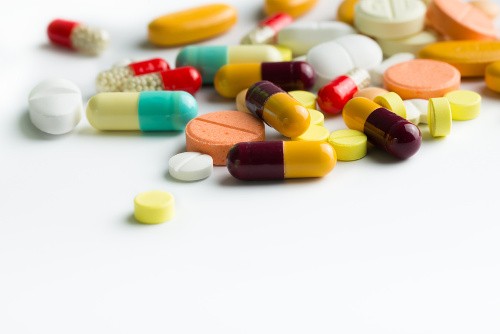
12. Medications
Certain medications can cause frequent urination as a side effect, either by increasing urine production or by causing bladder muscle contractions.
Diuretics, which are often prescribed to treat high blood pressure or fluid retention, work by increasing the amount of salt and water that the kidneys remove from the body. This will lead to increased urine output. Other medications that can cause frequent urination include antidepressants and antipsychotics.
Treatment: If you suspect that a medication you are taking is causing frequent urination, it’s important to talk to your doctor about your concerns.
They may be able to adjust your dosage or recommend an alternative medication that is less likely to cause this side effect.
When to Seek Medical Help?
While occasional episodes of frequent urination are usually not a cause for concern, there are certain situations to seek medical attention. If you experience any of the following symptoms, it’s a good idea to consult with your healthcare provider:
- Sudden onset of frequent urination, especially if it’s accompanied by other symptoms like fever, chills, or back pain
- Pain, burning, or discomfort during urination
- Blood in your urine or dark, cloudy urine
- Difficulty starting or stopping the flow of urine, or a weak or interrupted urine stream
- Urinary incontinence or leakage, especially if it’s a new or worsening problem
- Frequent urination that is interfering with your daily activities or quality of life
Your doctor can perform a variety of tests to help determine the underlying cause of your frequent urination and recommend appropriate treatment.
These may include a physical exam, urinalysis, blood tests, imaging studies, or urodynamic testing to evaluate bladder function.
Prevention and Self-Care Strategies for Constant Urge to Urinate No Pain
In addition to seeking medical treatment when necessary, several self-care strategies can help manage frequent urination and promote bladder health. These include:
- Staying well-hydrated by drinking plenty of water throughout the day, but avoiding excessive fluid intake, especially before bedtime
- Limiting your intake of caffeine, alcohol, and other diuretic substances
- Practicing good toilet habits, such as not holding your urine for too long and taking your time to empty your bladder completely
- Maintaining a healthy weight through a balanced diet and regular physical activity
- Doing pelvic floor exercises (Kegels) regularly to strengthen the muscles that support the bladder
- Wearing breathable, cotton underwear and avoiding tight-fitting clothing that can trap moisture and promote bacterial growth
- Wiping from front to back after using the bathroom to prevent the spread of bacteria from the anus to the urethra
- Urinating before and after sexual activity to flush out any bacteria that may have entered the urethra
By incorporating these self-care strategies into your daily routine, you can help support bladder health and reduce the risk of developing frequent urination and other urinary tract problems.

